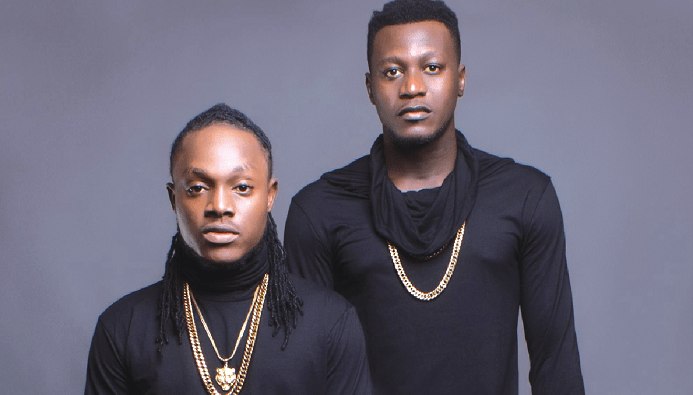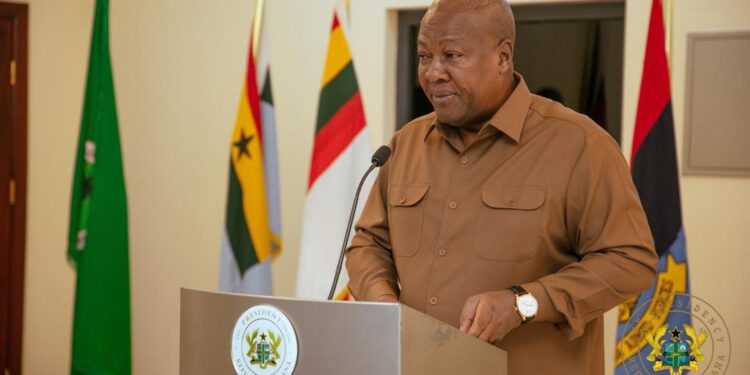In the age of digital communication, the relationship between artists and the media has become increasingly intertwined.
The rise of social media platforms, online publications, and streaming services has transformed how art is consumed and appreciated.
This shift has led to a profound realization: No artist, regardless of talent or popularity, exists in a vacuum. The media plays a crucial role in promoting, critiquing, and contextualizing artistic expression.
Ghanaian music duo, Keche, discussed the crucial role of the media in shaping the careers of artists.
The group emphasized that an artist’s success and stardom are closely tied to media coverage. They warned their fellow musicians against overlooking the media’s influence, stating, “No one is a star without the media.”
The media has served as a powerful catalyst for artistic fame. Artists like The Beatles, Madonna, and Michael Jackson achieved monumental success not just because of their talent but largely due to the media’s ability to amplify their messages.
For instance, The Beatles’ appearance on “The Ed Sullivan Show” in 1964 marked a turning point in their career, showcasing how television could propel musicians into global stardom.
The music duo urged humility, advising artists to value the media rather than boast or belittle it, as “without the media, you are essentially unknown.”
Today, platforms like Instagram and TikTok have democratized fame, allowing artists to reach vast audiences without traditional gatekeepers.

However, this accessibility also means that an artist’s success is often contingent upon their ability to engage with the media effectively.
The music duo also reflected on their journey to fame, highlighting the importance of maintaining strong relationships with media houses and journalists to stay relevant in the competitive music industry.
They acknowledged that many artists, after reaching a certain level of fame, tend to neglect the media’s contribution to their success, a mistake Keche believes could hinder long-term relevance.
The media does more than just promote artists; it plays a pivotal role in shaping public perception.
Critiques, reviews, and features significantly impact an artist’s reputation and career trajectory. For instance, a single negative review from a prominent critic overshadows years of hard work and talent.
Conversely, a well-timed feature in a major publication elevates an artist’s profile overnight. This dynamic illustrates that media narratives create or destroy careers, highlighting the precarious position of artists who rely on media coverage for validation and success.
Artist’s Responsibility in the Media Landscape

In today’s media-saturated environment, artists must navigate their relationship with the media strategically. Engaging with media outlets, participating in interviews, and maintaining a strong online presence are essential for artists looking to cultivate their brand.
However, this engagement comes with challenges, as artists must balance authenticity with the expectations set by the media.
The pressure to conform to media narratives lead to a dilution of artistic integrity, raising questions about the true essence of creativity in a world where media influence is omnipresent.
Social media has revolutionized the artist-media relationship, allowing artists to bypass traditional media channels and connect directly with their audience.
This shift has empowered artists to control their narratives and engage with fans on a personal level. However, it has also intensified the competition for attention, as countless artists vie for visibility in an overcrowded digital space.
The paradox of social media lies in its ability to democratize fame while simultaneously making it more elusive, as artists must constantly innovate to capture fleeting audience interest.

The assertion that no artist is bigger than the media underscores the intricate relationship between creativity and coverage in the modern world.
While individual talent is undoubtedly important, it is the media that amplifies and shapes the narratives surrounding artists.
As the landscape continues to evolve, artists must recognize their dependence on media while striving to maintain their authenticity.
Ultimately, understanding this dynamic is crucial for artists seeking to navigate the complexities of fame and influence in an era where media reigns supreme.
The future of art will continue to be defined by this interplay, reminding us that in the grand tapestry of culture, the threads of artistry and media are inextricably woven together.
READ ALSO: Government Debunks Alleged Drug Trafficking Flights at KIA





















